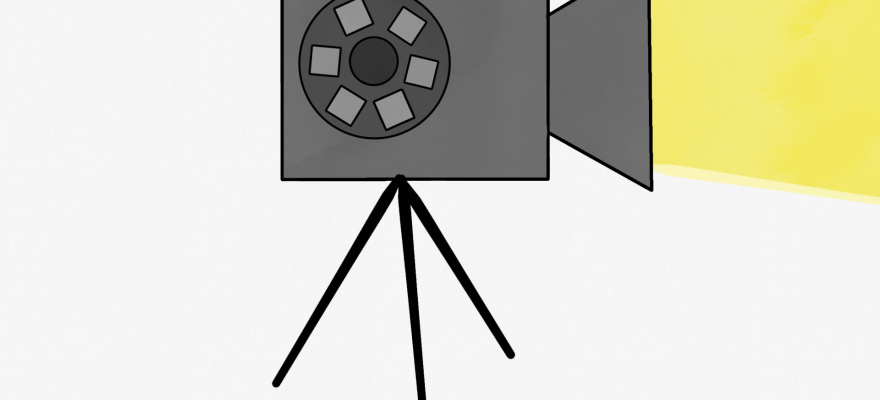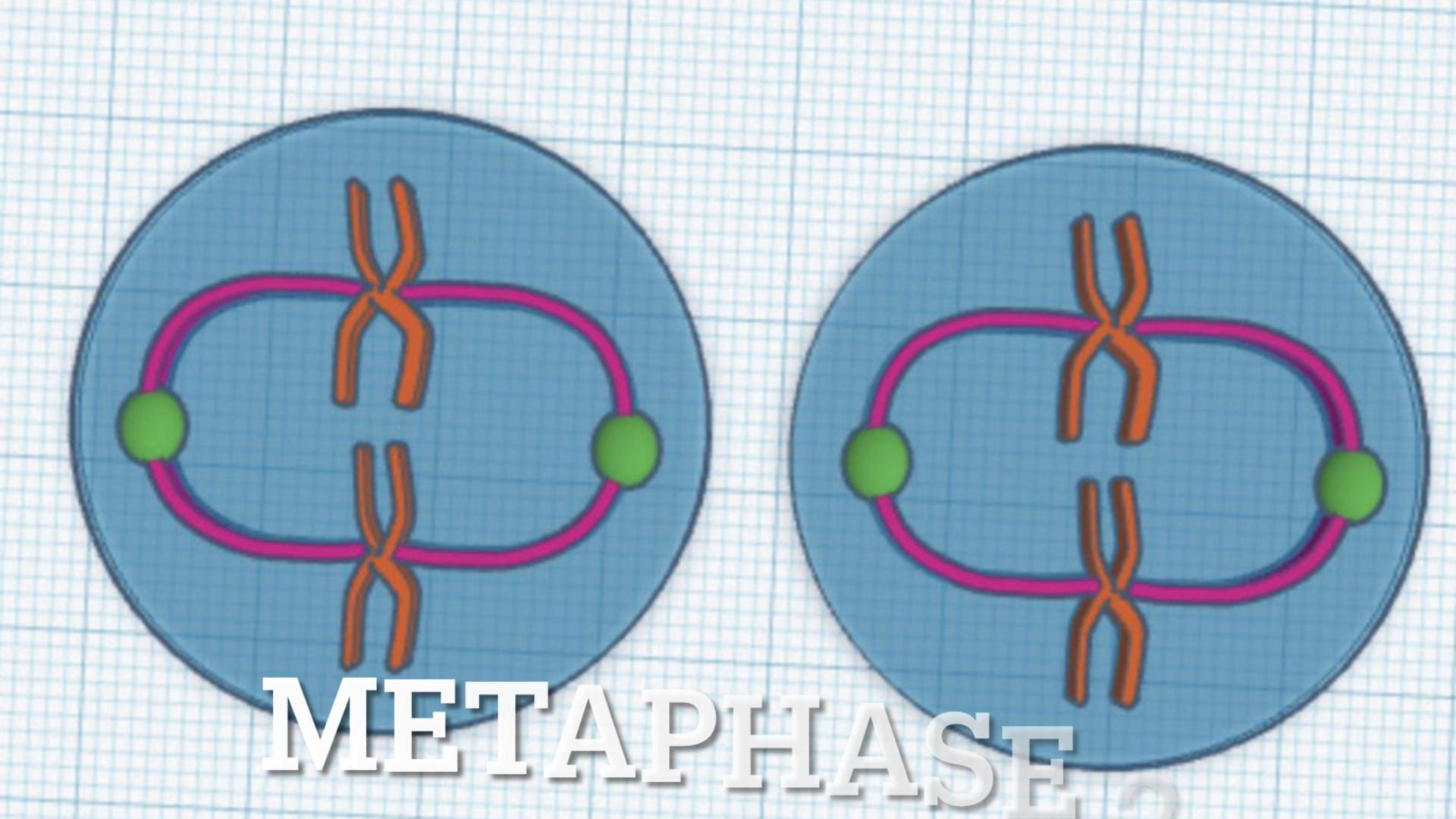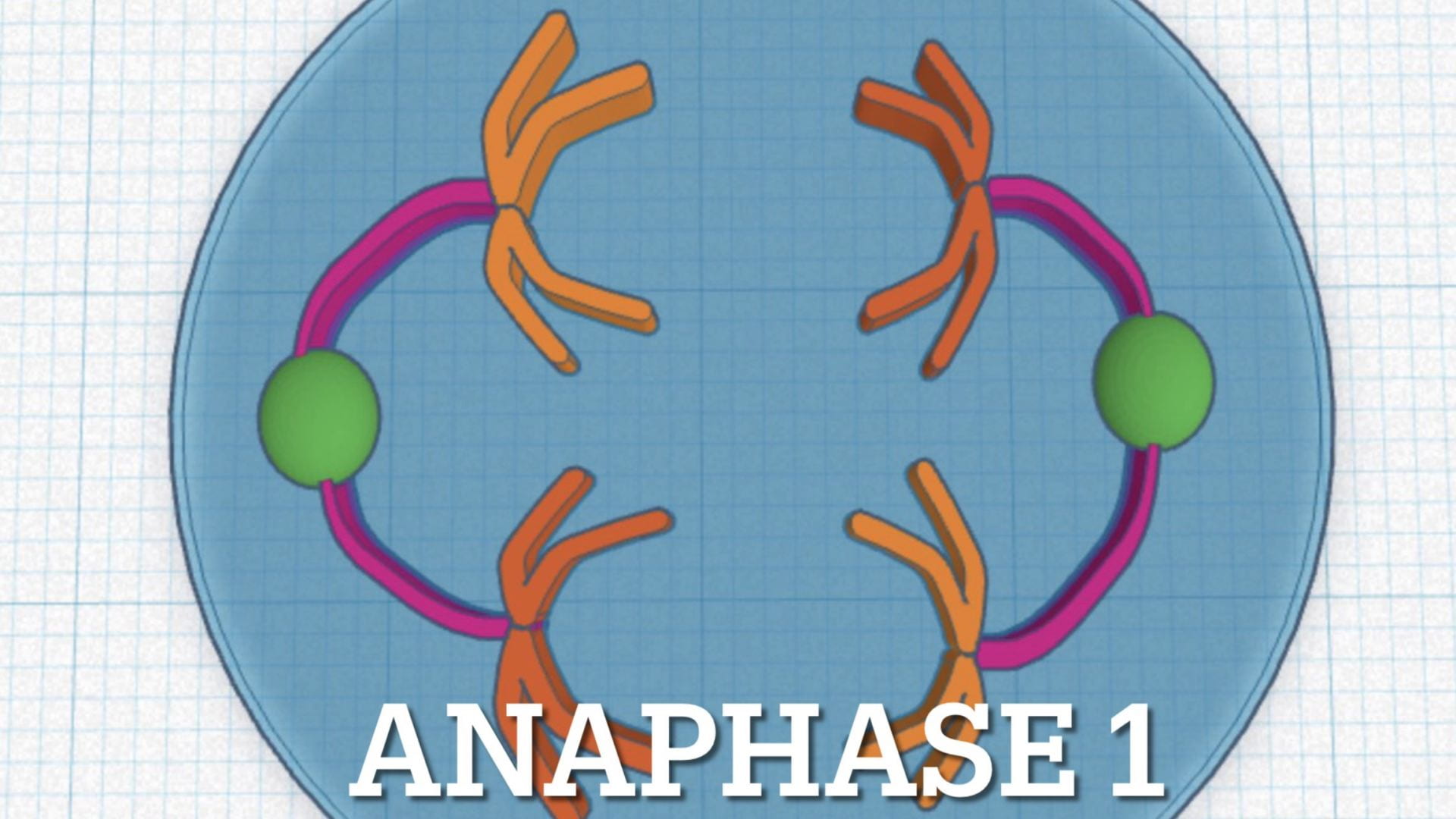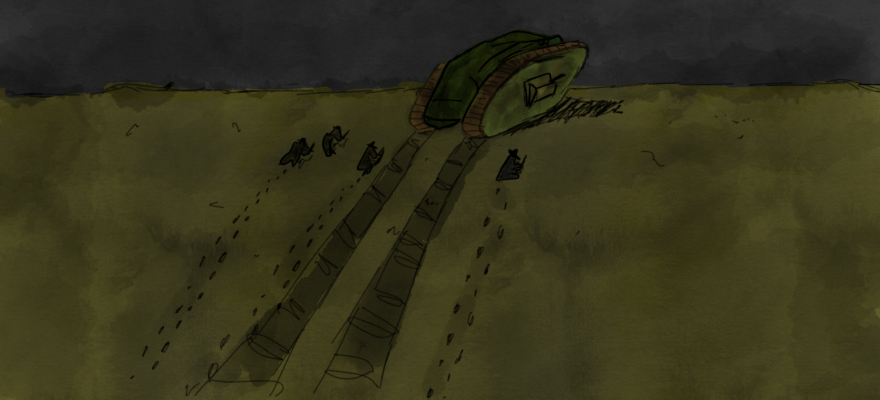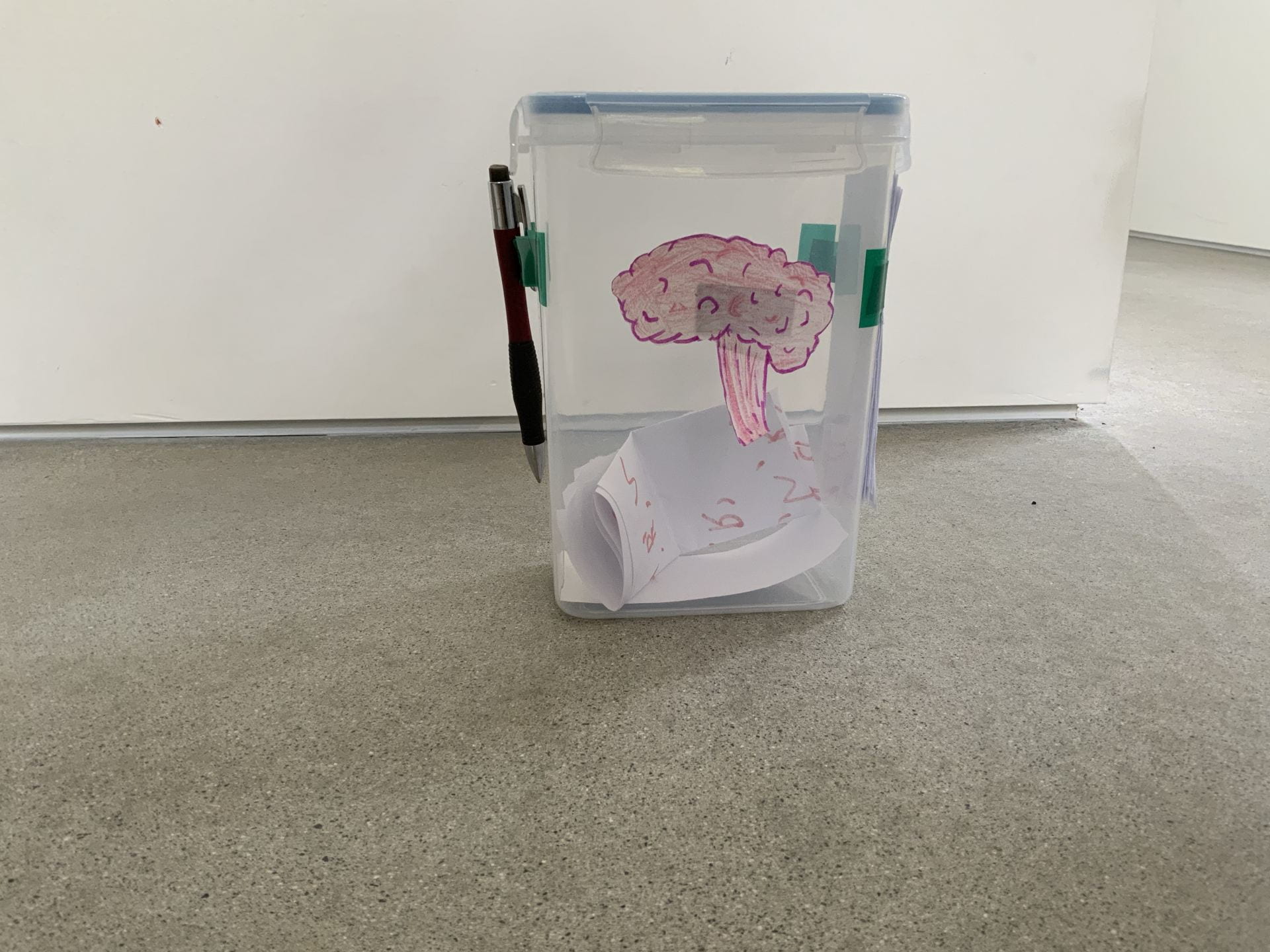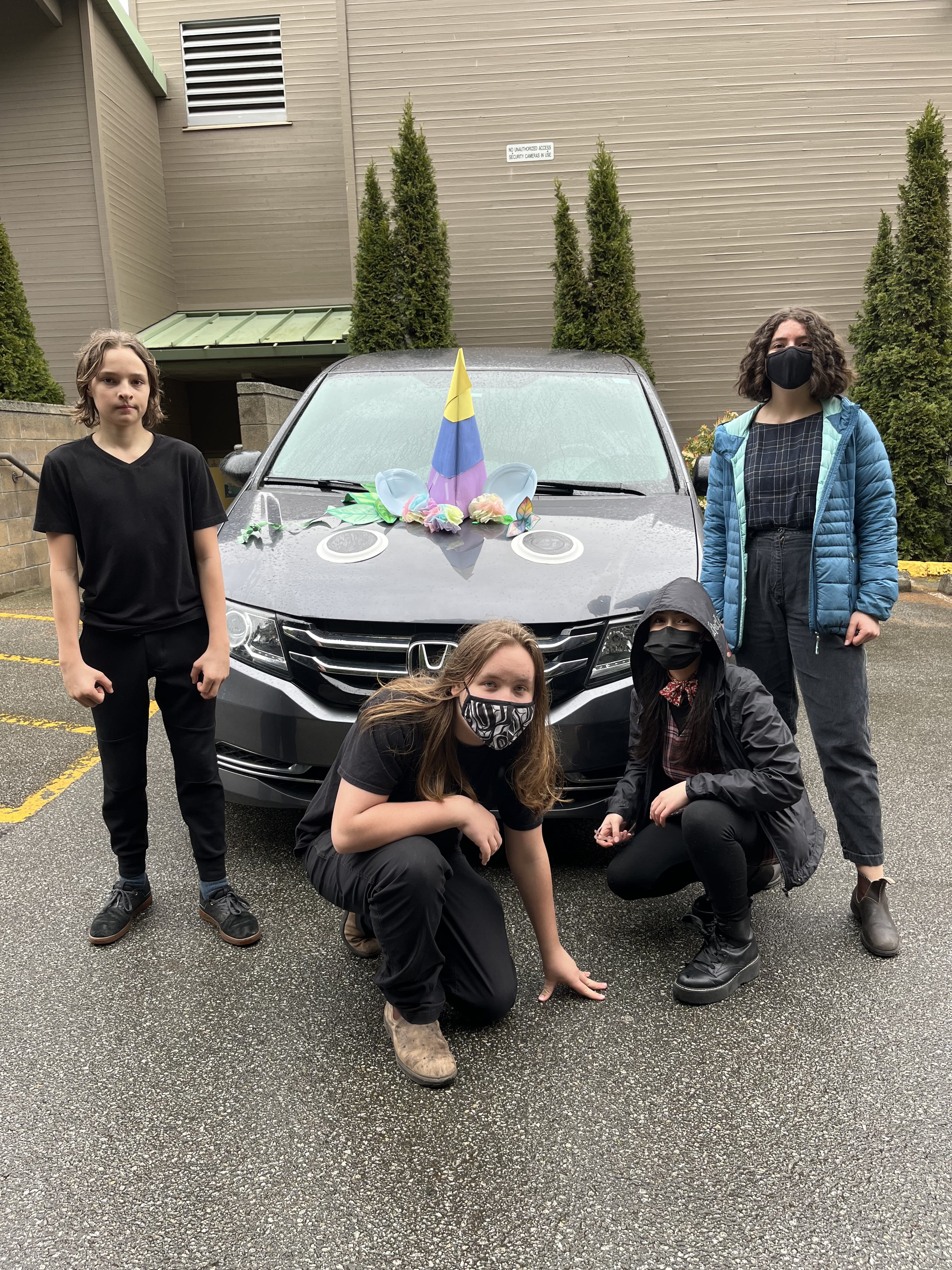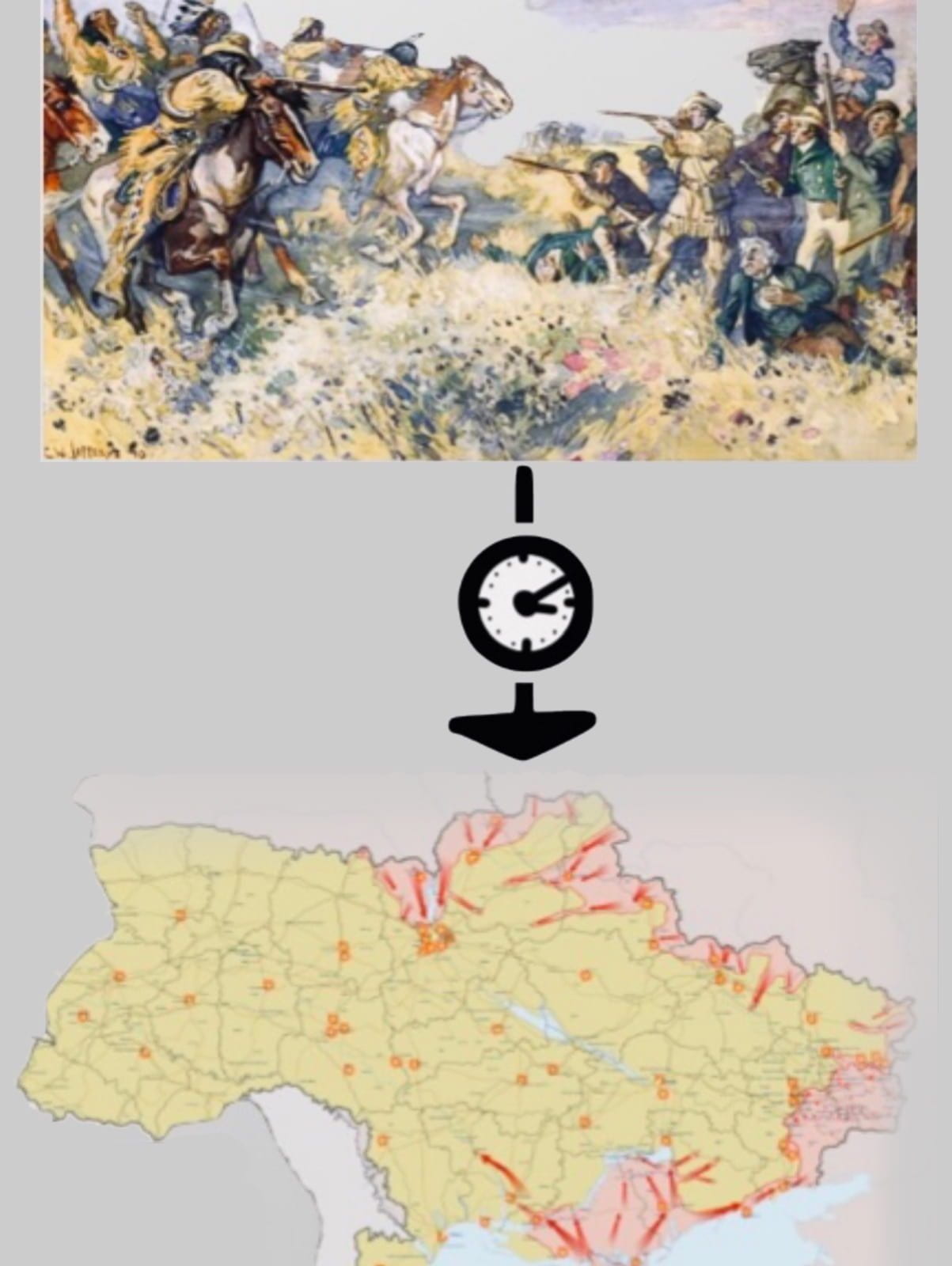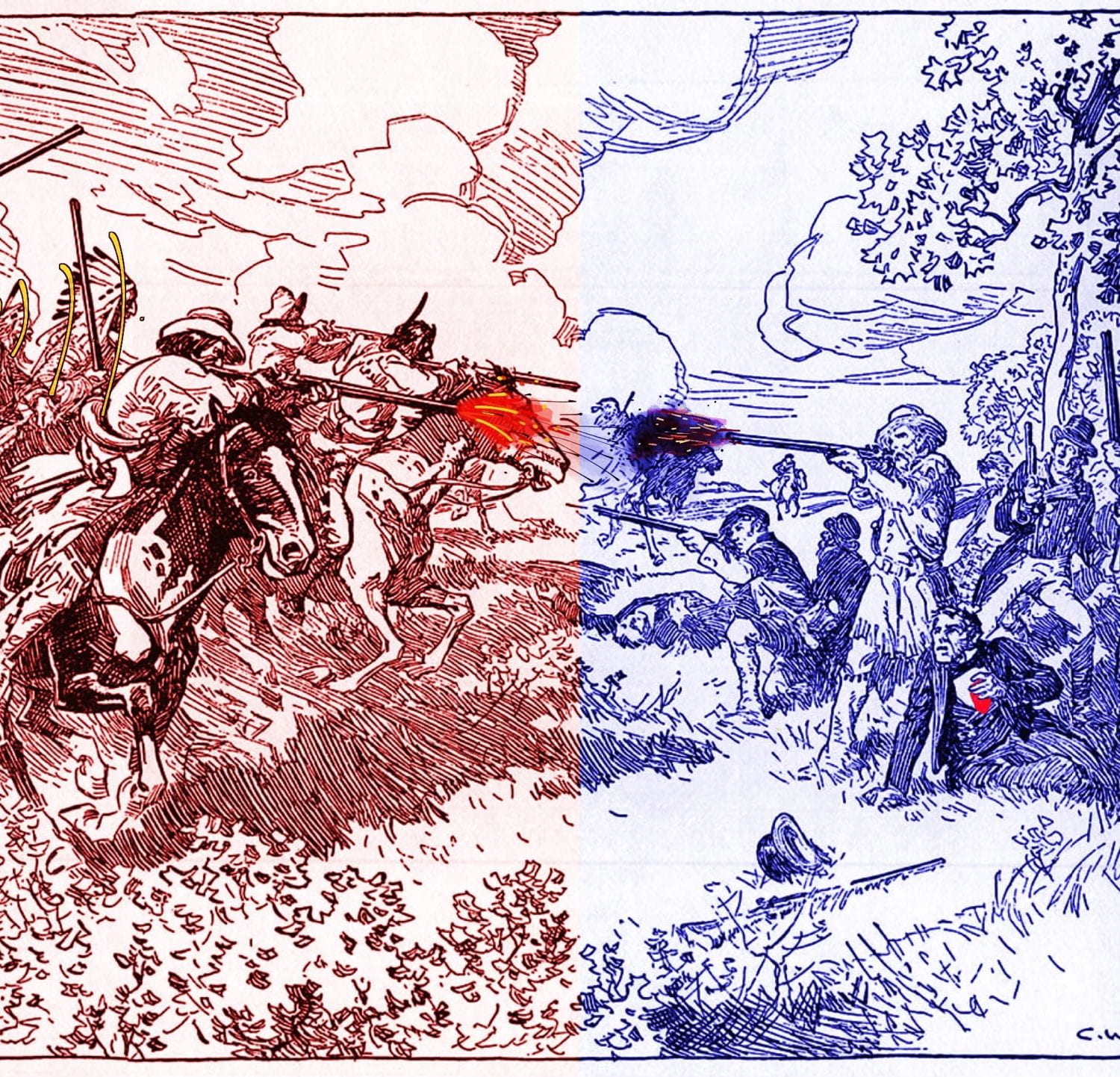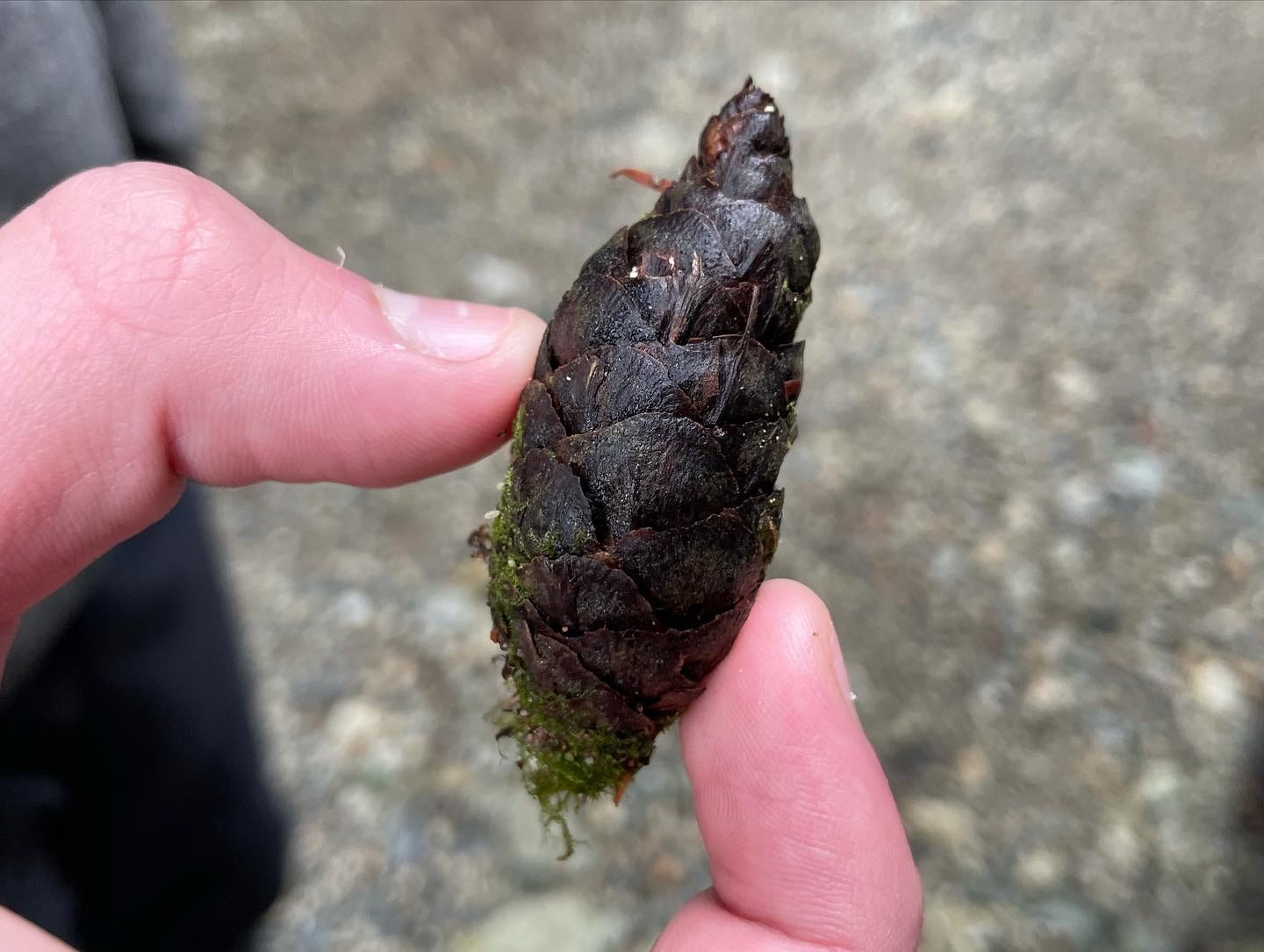In the latest PLP 9 Project, I created a 6 minute documentary about nuclear power to answer the driving question: “How can I engage and entertain an audience using my video and storytelling skills”. This blog post will cover my journey making the final film.
The first activity in this project was recording an interview. We were put into groups and had to create a short video about a chosen topic, using interviews. In this activity, we learned how to shoot interviews, which would come in handy in the final documentary.
After this exercise I started thinking about what my documentary could be about. Some of my ideas included nuclear power, rubiks cubes, or parkour. In the end, I chose to make it about nuclear power because I thought I could make a clearer message about this topic. I did end up regretting this though, because it is very hard to get b-roll of nuclear reactors.
Then, the next step was to write a screenplay for my film.


As it turns out writing a screenplay for a documentary is quite difficult, but I managed to get it done. I also made a treatment and logline in my documentary planning DOCs.
Now, it was time to create a storyboard. A storyboard is a plan that consists of images for each shot, a short description of each shot, and sometimes some other details. This is what I made:


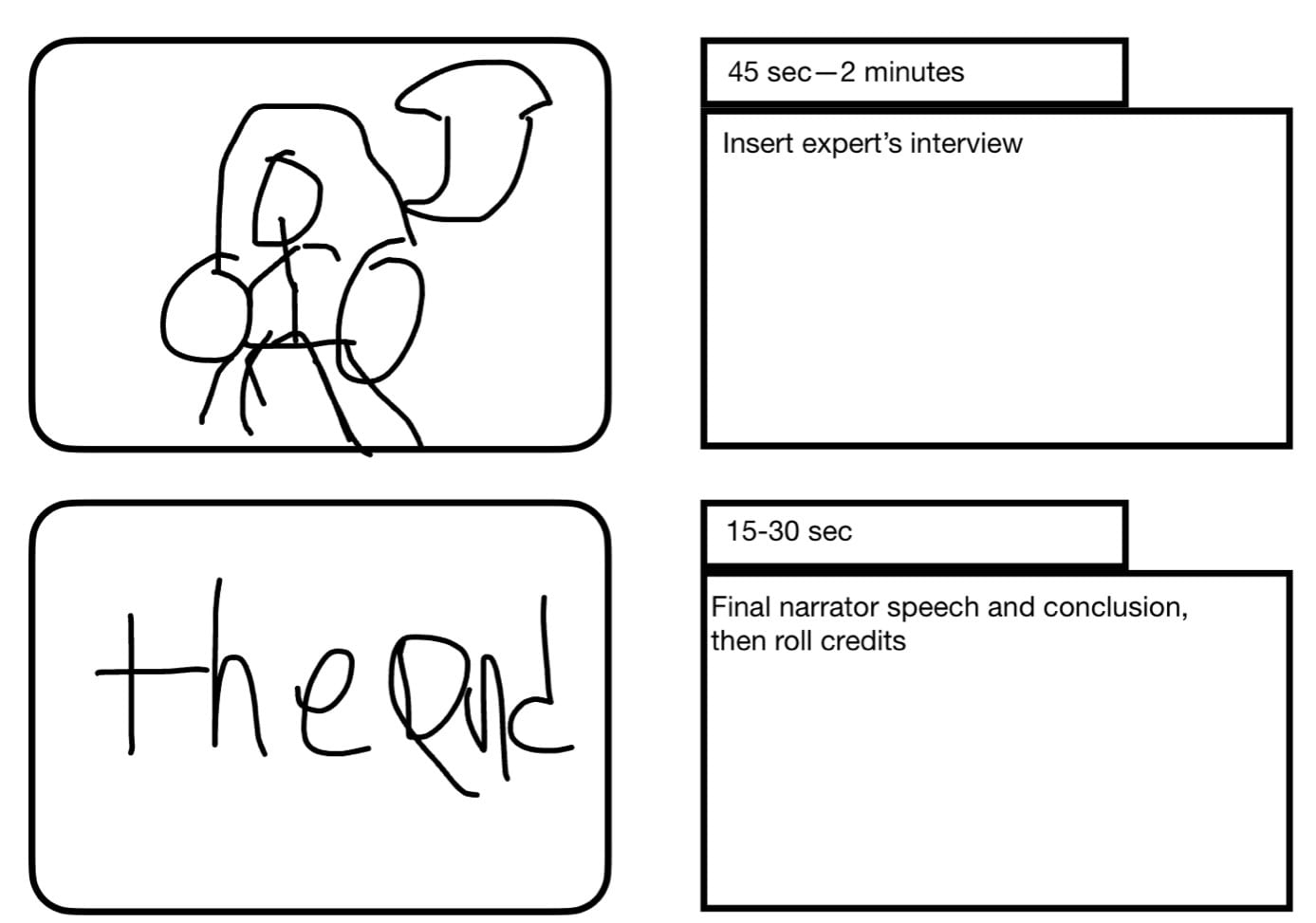
Then, it was time to start filming. The first thing I did was create the collage of news articles at the start, then I contacted an expert on nuclear power, Robert Anderson, for an interview. I also needed two interviews from people who are less than experts, so I did those aswell.
Then, I edited my film. My film turned out to be longer than it was supposed to be (3-5 minutes), but I felt this was necessary to include all the interesting parts of the interview. The final documentary is below.,
Thanks for reading this post! This project was one of my favourites of the year, and I learned so many new filmmaking skills that I can use to engage and entertain my audience.
